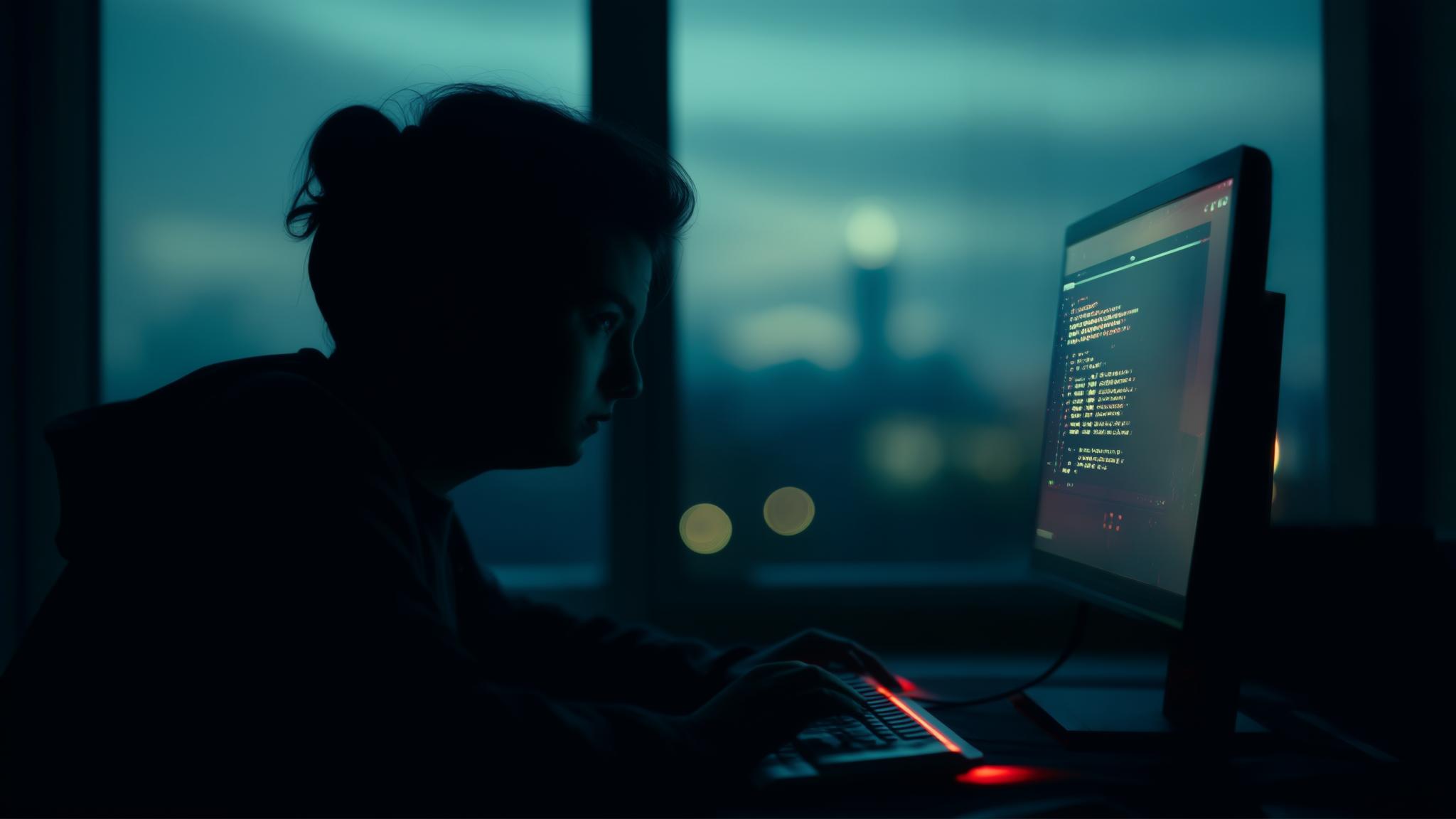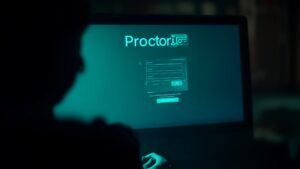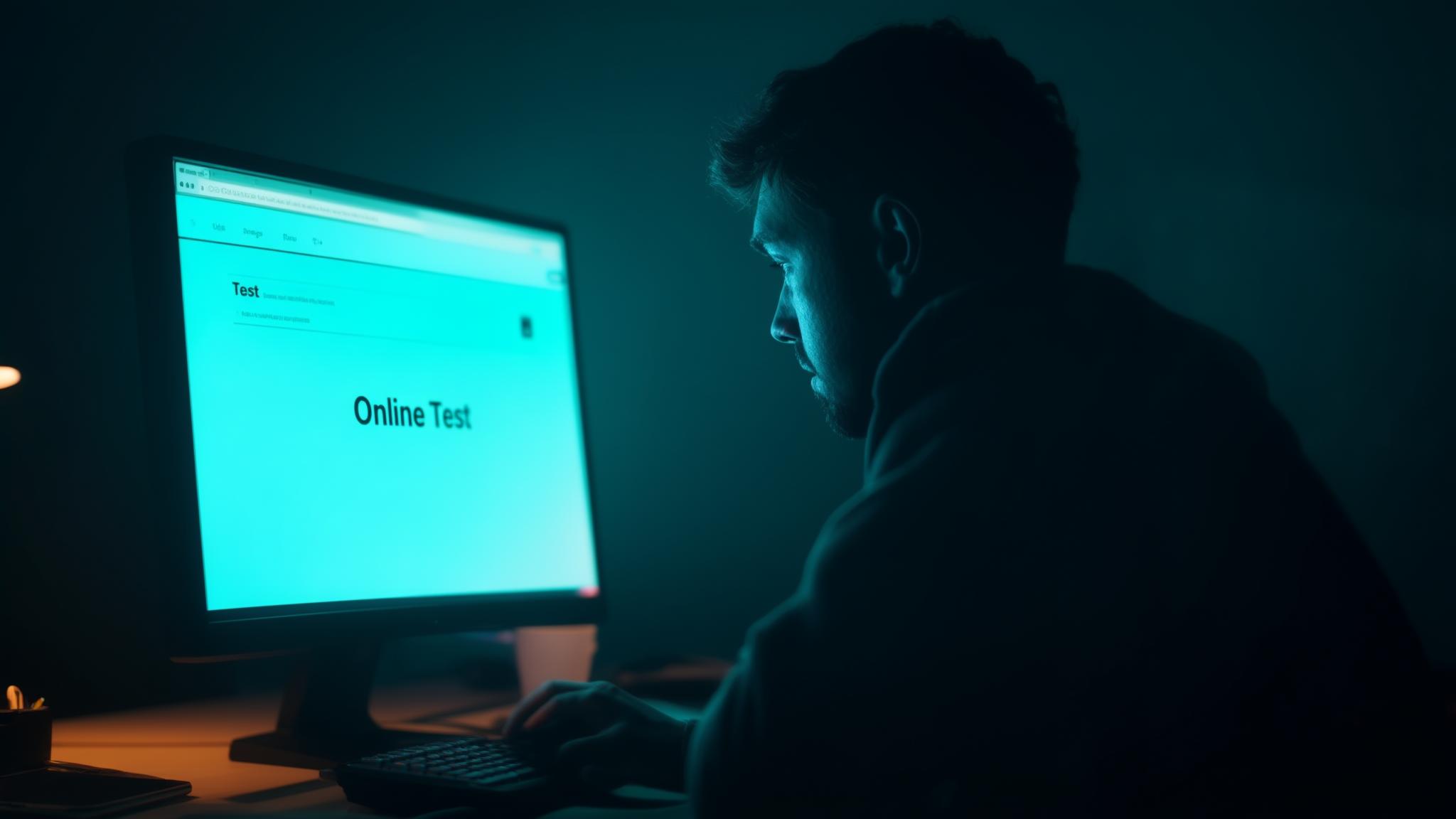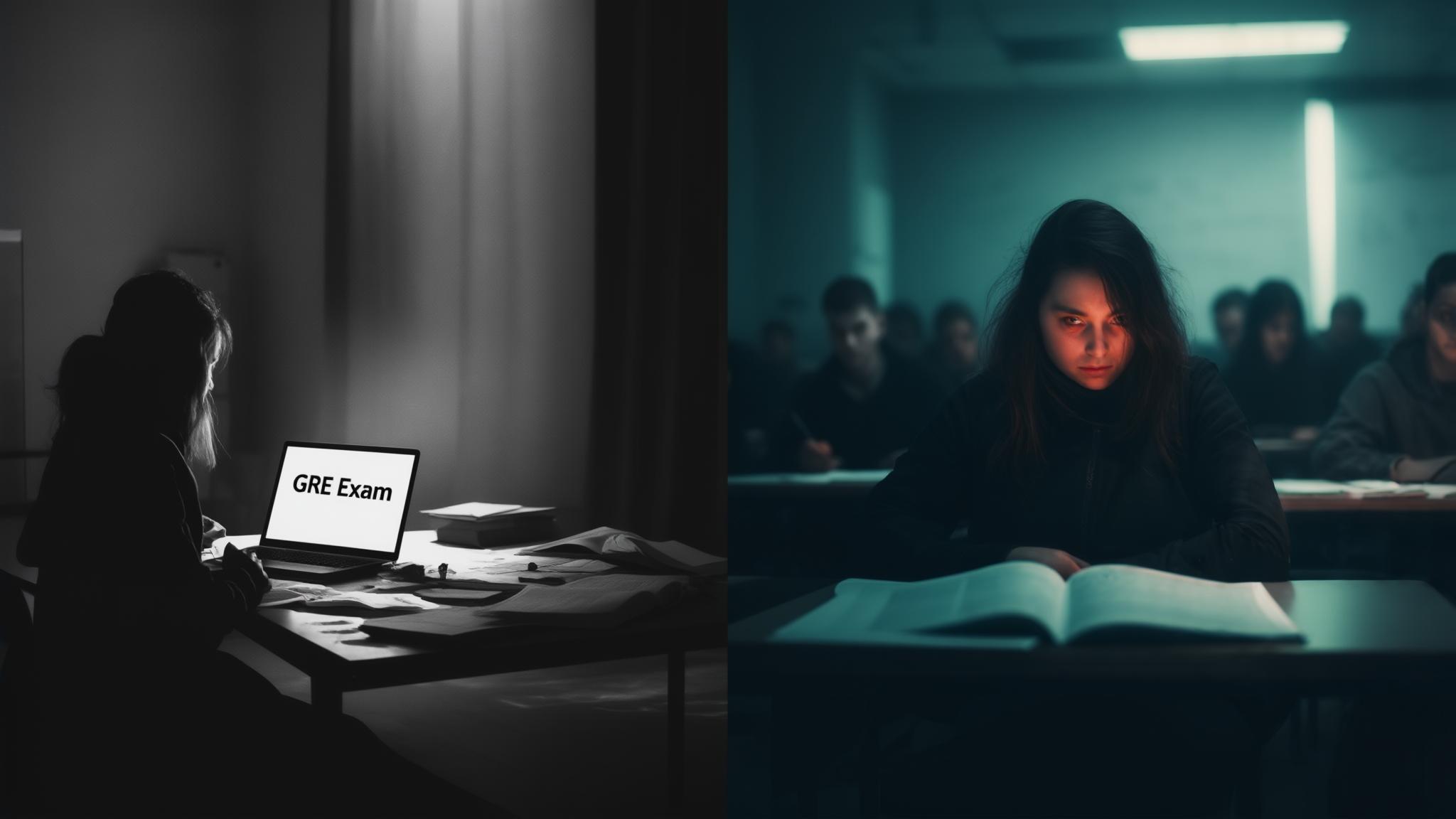-
Table of Contents
- Can You Cheat on Online Proctored Exams? A Deep Dive
- Understanding Online Proctoring Technologies
- The Evolution of Proctoring
- Methods of Attempting to Cheat
- Case Study: The Rise of “Contract Cheating”
- The Effectiveness of Online Proctoring
- Stats on Cheating
- The Risks of Getting Caught
- The Role of AI in Detection
Okay, here’s a comprehensive, SEO-focused article about cheating on online proctored exams, designed for a WordPress editor, incorporating your specifications.
“`html
Can You Cheat on Online Proctored Exams? A Deep Dive

The rise of online education has brought with it a parallel rise in online proctoring services. Companies like ProctorU and ProctorIO have become ubiquitous, aiming to ensure academic integrity in the digital realm. But a persistent question lingers: Can you actually cheat on these online proctored exams? The answer is complex, nuanced, and constantly evolving alongside the technology itself. This article delves into the methods, the risks, and the realities of attempting to circumvent online proctoring systems, providing a comprehensive overview for educators, students, and anyone interested in the state of online assessment.
Understanding Online Proctoring Technologies
Before exploring the potential for cheating, it’s crucial to understand how these proctoring systems work. ProctorU and ProctorIO, while having their own specific implementations, generally employ a combination of the following technologies:
- Webcam Monitoring: This is the most basic and visible aspect. The student’s webcam records them throughout the exam, allowing a human proctor (live proctoring) or AI (recorded proctoring) to observe their behavior.
- Screen Sharing: The proctor can see everything on the student’s screen, preventing them from accessing unauthorized websites or applications.
- Browser Lockdown: Specialized browsers restrict access to other websites, applications, and even system functions during the exam. This often involves preventing copy-pasting, printing, and taking screenshots.
- Keystroke Monitoring: Some systems track keystrokes to identify suspicious patterns or attempts to search for answers.
- Audio Monitoring: Microphones are used to detect unauthorized voices or sounds that might indicate collaboration or the use of external resources.
- AI-Powered Analysis: Artificial intelligence algorithms analyze video, audio, and screen activity to flag suspicious behavior. This can include detecting eye movements, facial expressions, and the presence of other people in the room.
- Environment Scans: Students are often required to perform a 360-degree scan of their room before the exam begins to ensure a clean testing environment.
The Evolution of Proctoring
Online proctoring has evolved significantly over the past decade. Early systems were relatively simple, relying primarily on webcam monitoring. However, as cheating methods became more sophisticated, proctoring companies responded by incorporating more advanced technologies like AI and behavioral analysis. This has led to an ongoing “arms race” between those seeking to maintain academic integrity and those attempting to bypass the systems.
Methods of Attempting to Cheat
Despite the sophisticated technologies employed by proctoring services, students have devised various methods to attempt to cheat. These methods range from simple to highly complex, with varying degrees of success and risk.
- Using a Second Device: This is one of the most common methods. Students might use a smartphone, tablet, or another computer to search for answers or communicate with others. The effectiveness of this method depends on the proctor’s vigilance and the student’s ability to conceal the device.
- Hidden Notes or Materials: Students might hide notes, textbooks, or other materials within their field of vision but outside the direct view of the webcam. This requires careful planning and execution.
- Virtual Machines: More technically savvy students might use virtual machines to run a separate operating system where they can access unauthorized resources without being detected by the proctoring software.
- Remote Assistance: Students might enlist the help of someone else who can remotely access their computer or provide answers via chat or voice communication.
- Pre-Prepared Answers: Creating a document with all the answers before the exam and quickly accessing it.
- Exploiting System Vulnerabilities: Some students attempt to exploit vulnerabilities in the proctoring software itself, such as bypassing browser lockdown or disabling monitoring features. This requires advanced technical skills and knowledge of the specific software being used.
- Using a “Proxy Test Taker”: Paying someone else to take the exam on their behalf. This is a high-risk strategy that can have serious consequences if detected.
Case Study: The Rise of “Contract Cheating”
The rise of “contract cheating,” where students pay third-party services to complete their assignments or take exams, has become a significant concern. A study by Lancaster University found that contract cheating is a growing problem, with thousands of students using these services each year. While proctoring software can help to deter some forms of contract cheating, it is not a foolproof solution. Sophisticated contract cheating services often employ techniques to circumvent proctoring systems, such as using virtual machines or providing remote assistance.
The Effectiveness of Online Proctoring
The effectiveness of online proctoring is a subject of ongoing debate. While proctoring systems can deter some forms of cheating, they are not perfect. Determining the true effectiveness of online proctoring is difficult, as it’s impossible to know how many students would have cheated without it. However, studies suggest that proctoring can reduce the incidence of cheating, particularly for lower-stakes assessments.
Stats on Cheating
According to a study by the International Center for Academic Integrity, approximately 20% of students admit to cheating on exams. While this number may not be entirely accurate due to self-reporting bias, it highlights the prevalence of academic dishonesty. Online proctoring aims to reduce this number in the online learning environment.
The Risks of Getting Caught
Attempting to cheat on an online proctored exam carries significant risks. The consequences of getting caught can range from failing the exam to expulsion from the institution. In addition, some institutions may report cheating incidents to professional licensing boards, which can have long-term implications for a student’s career.
- Failing the Exam: This is the most common consequence.
- Suspension: Temporary removal from the institution.
- Expulsion: Permanent removal from the institution.
- Academic Record Notation: A permanent record of the cheating incident on the student’s transcript.
- Legal Consequences: In some cases, cheating can have legal consequences, particularly if it involves copyright infringement or other illegal activities.
The Role of AI in Detection
AI is playing an increasingly important role in detecting cheating on online proctored exams. AI algorithms can analyze video, audio, and





